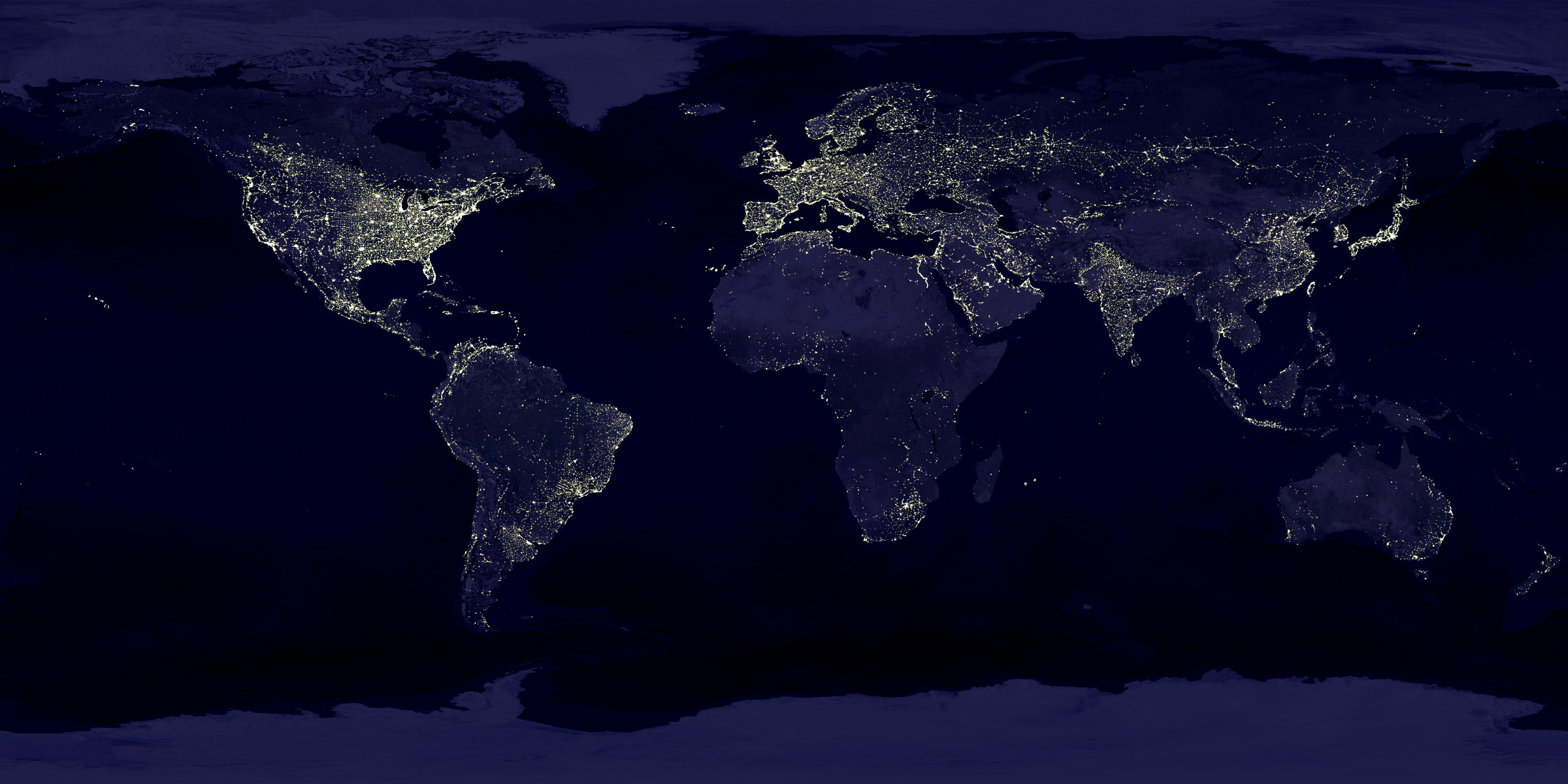South Koreans are unhappy with the pace of political change
ON A WINDSWEPT pier in Mokpo on the far south-western coast of South Korea sits the rusting hull of a ferry. It is what remains of the Sewol, which sank in 2014 on its way to the island of Jeju. Yellow ribbons still cover the gates to the pier, along with pictures of the 304 people, mostly schoolchildren, who died in the disaster.
The wreck has become a symbol of how corruption and negligence by state institutions can fail citizens. The Sewol was overloaded when it sank. Dangerous modifications had affected its stability. Corrupt regulators had allowed it to sail anyway. The crew abandoned ship while most passengers were still on board. Most survivors were saved by private vessels rather than the coast guard, whose officials seemed more concerned with keeping up appearances to superiors than saving lives. The then president, Park Geun-hye, did not appear in public for hours after the ship began to sink and seemed ill-informed about what had happened. She was later found to have encouraged the national intelligence service to keep tabs on people who spoke up about the official response.
Protests which began in the wake of the tragedy eventually led to Ms Park’s impeachment, criminal prosecution and imprisonment. They became known as “the candlelight movement” and prompted a...























